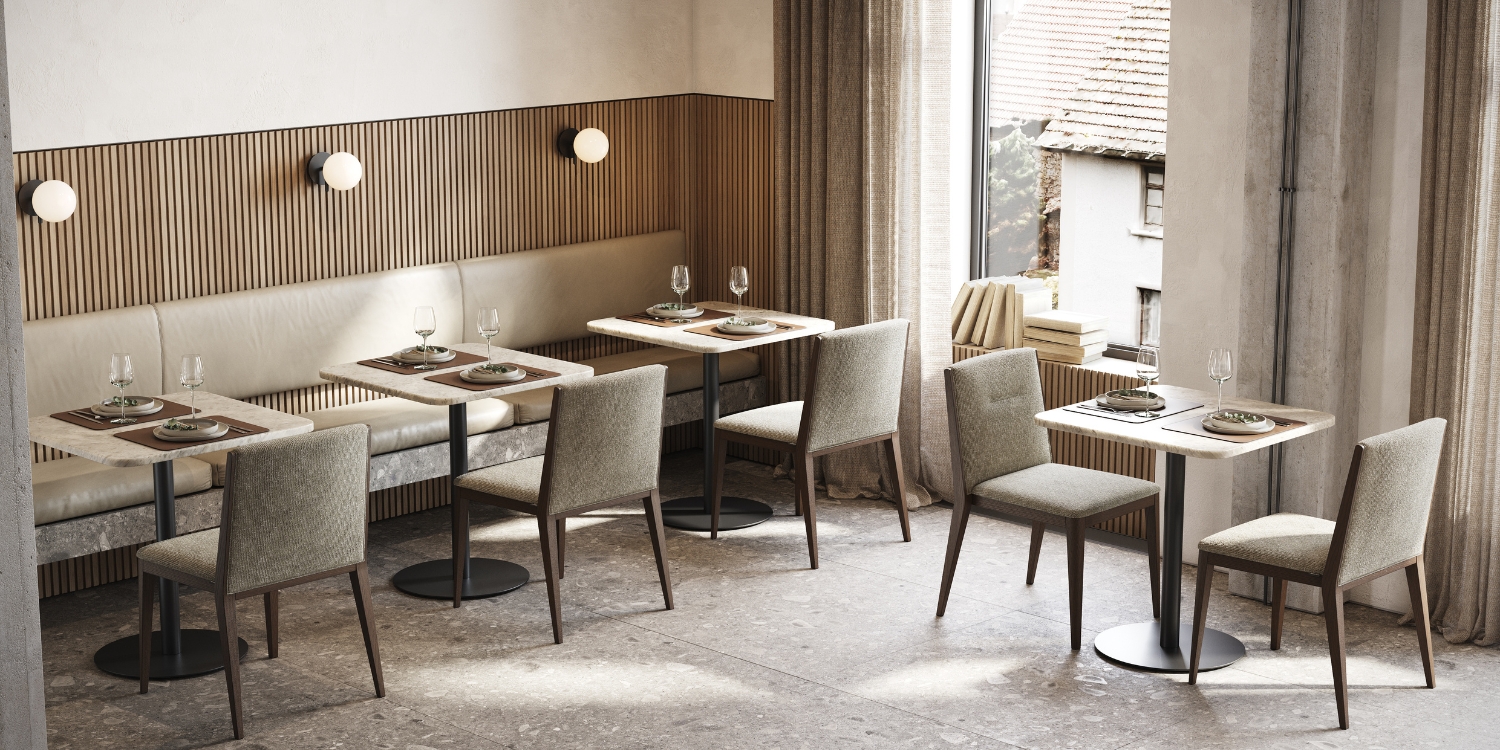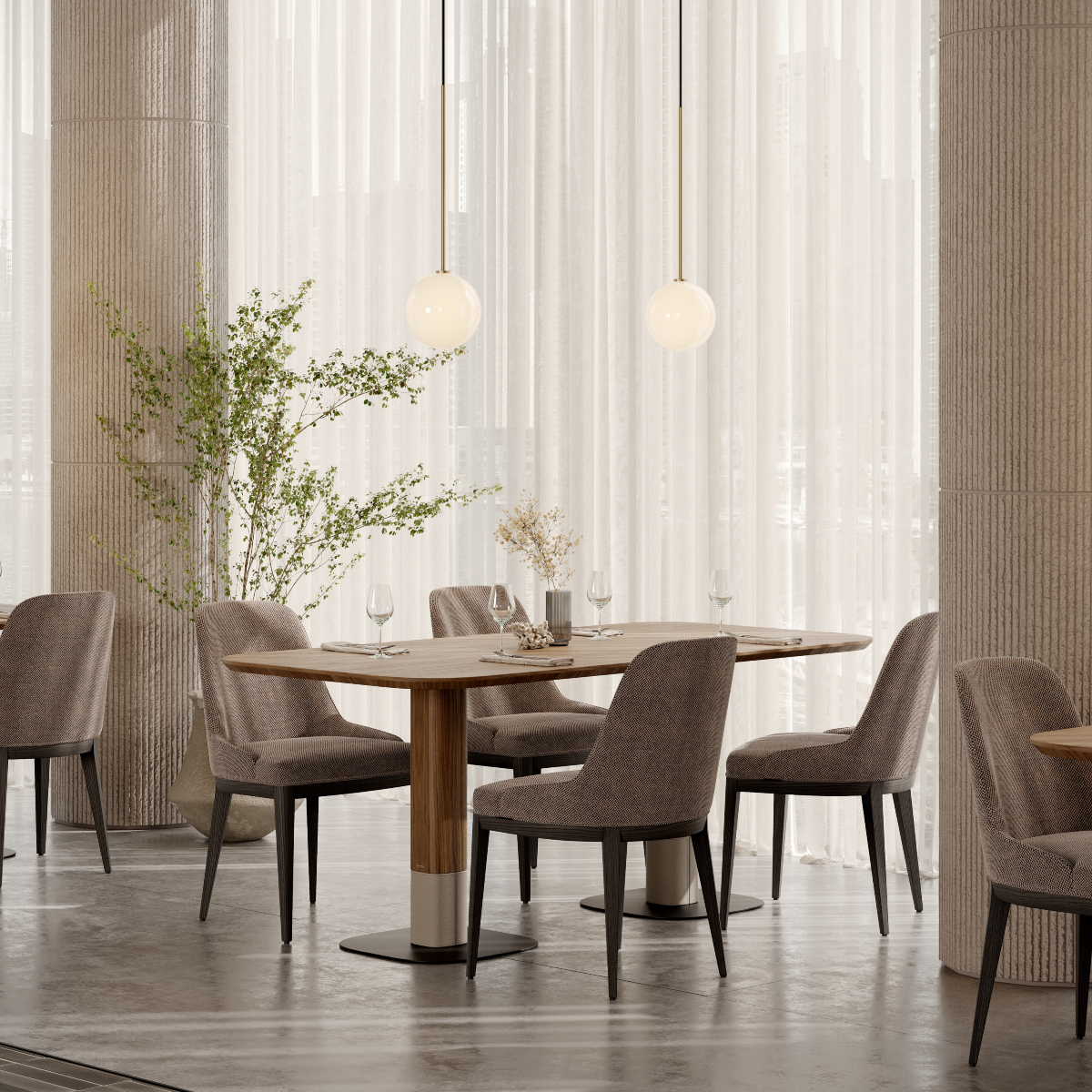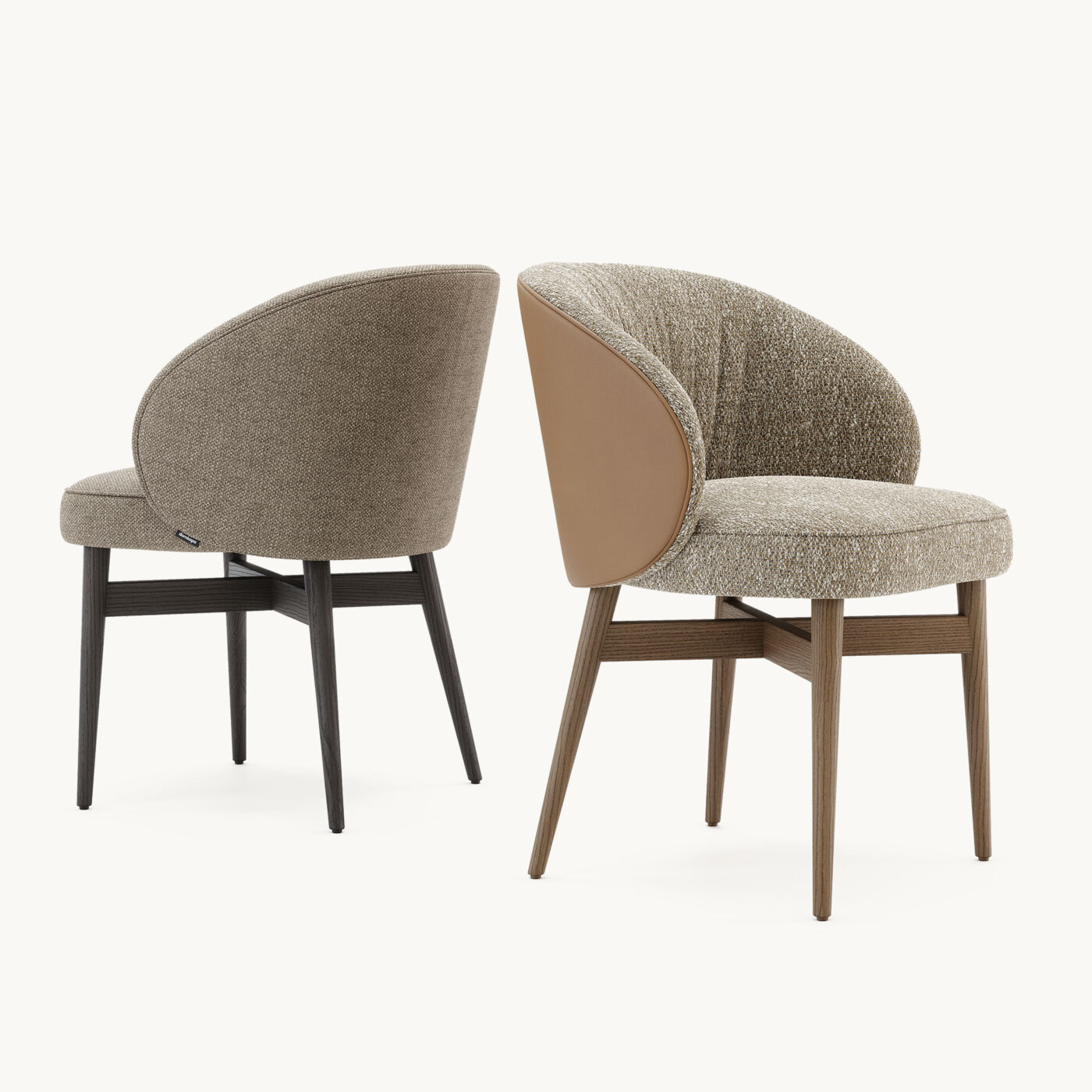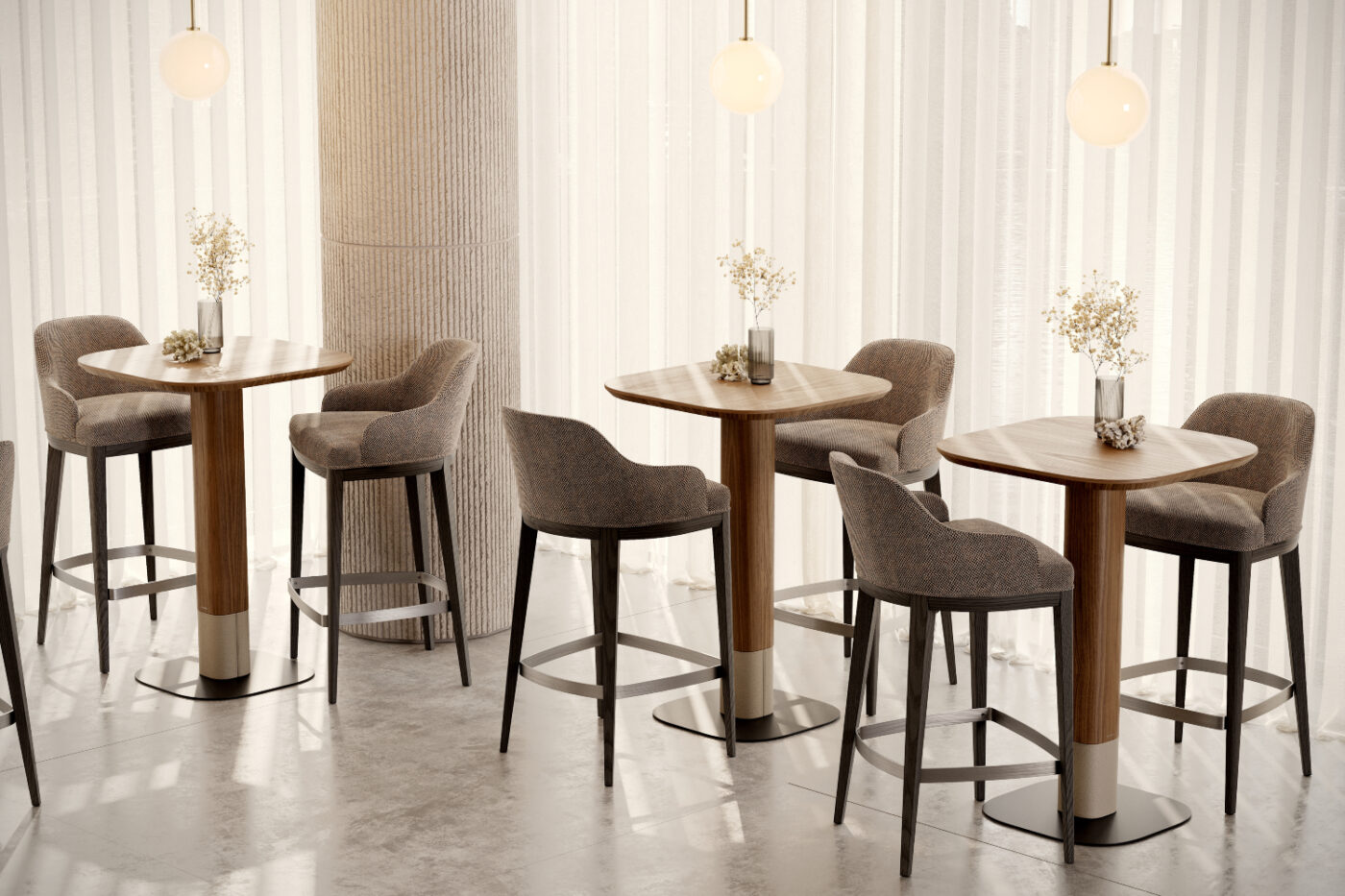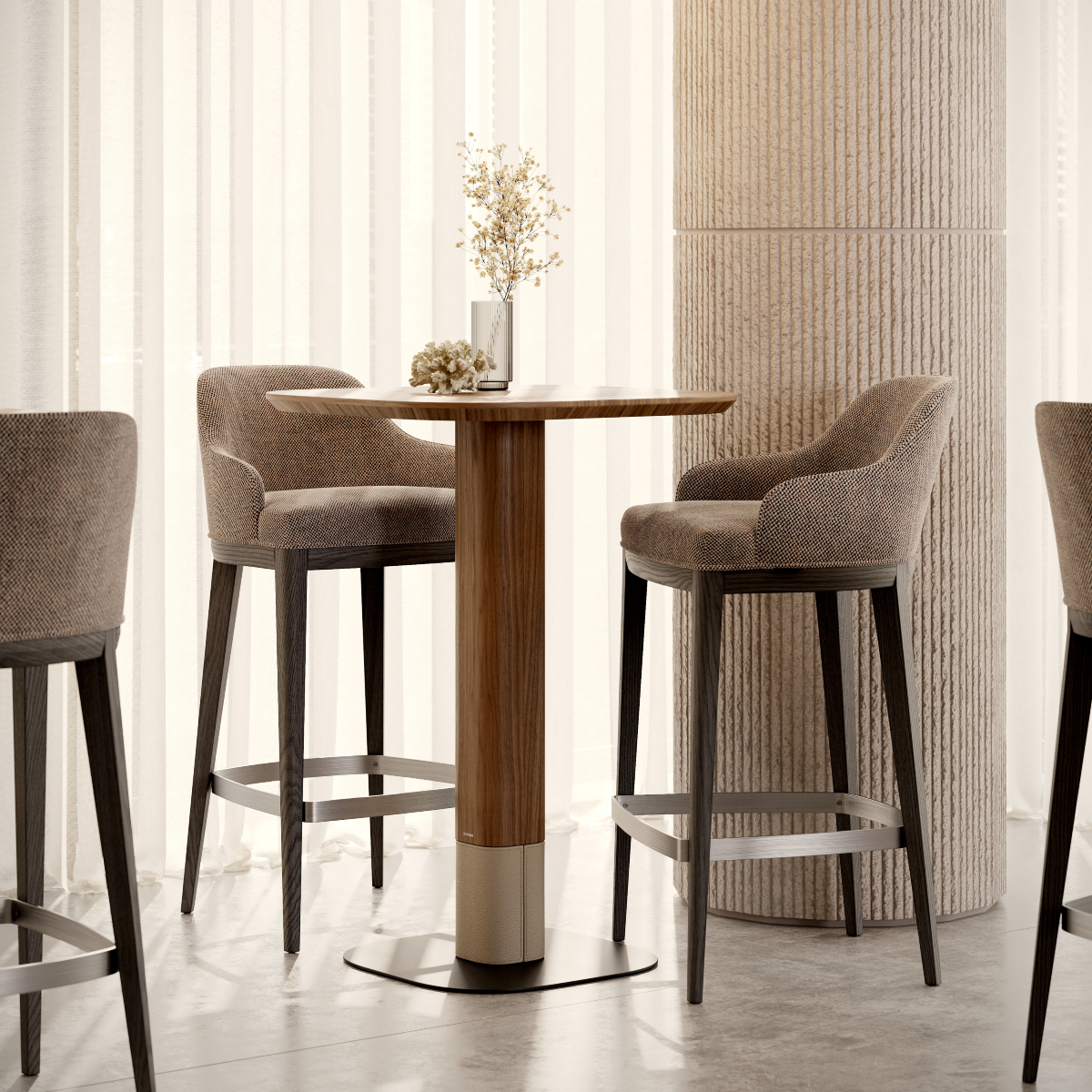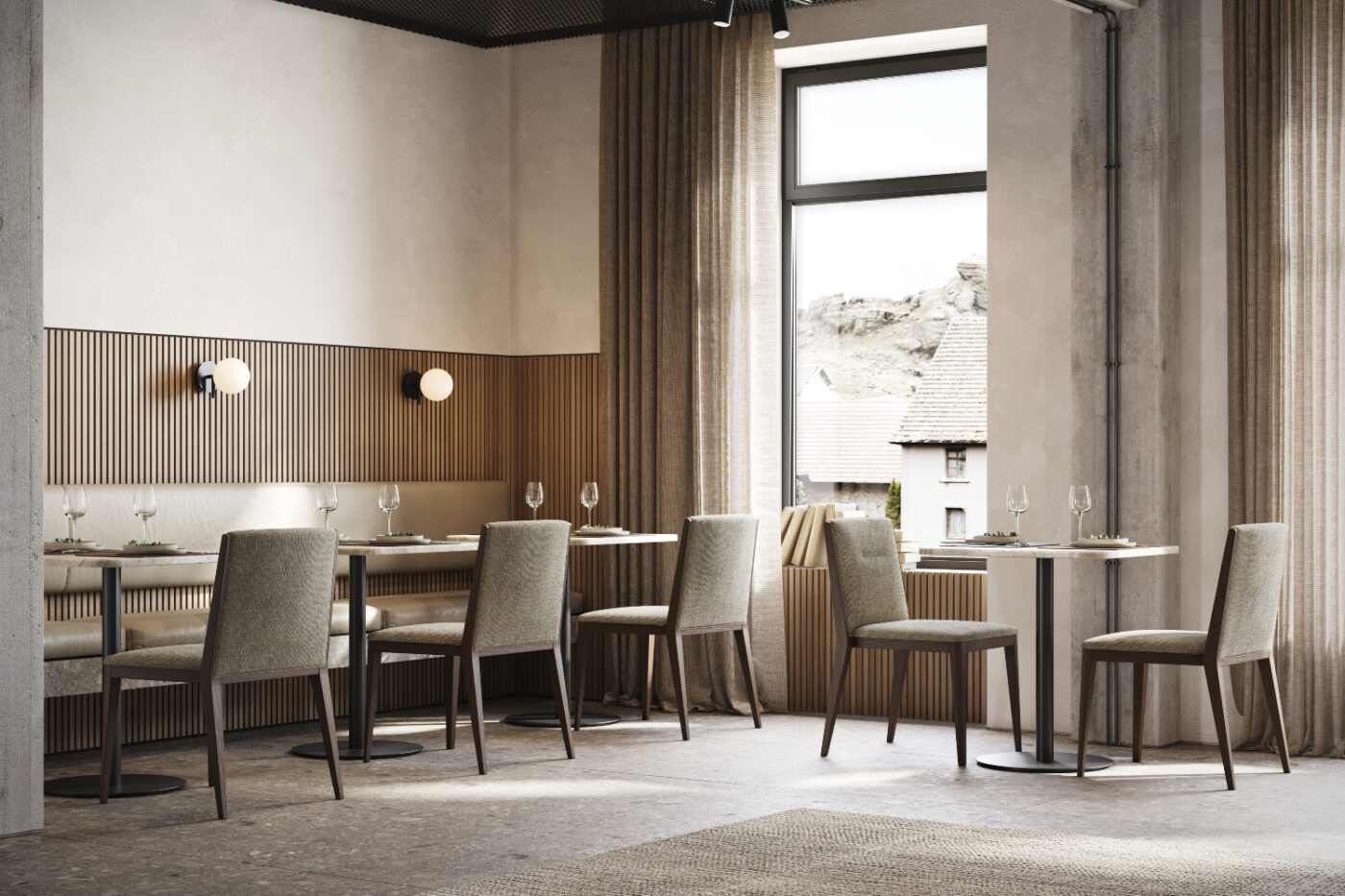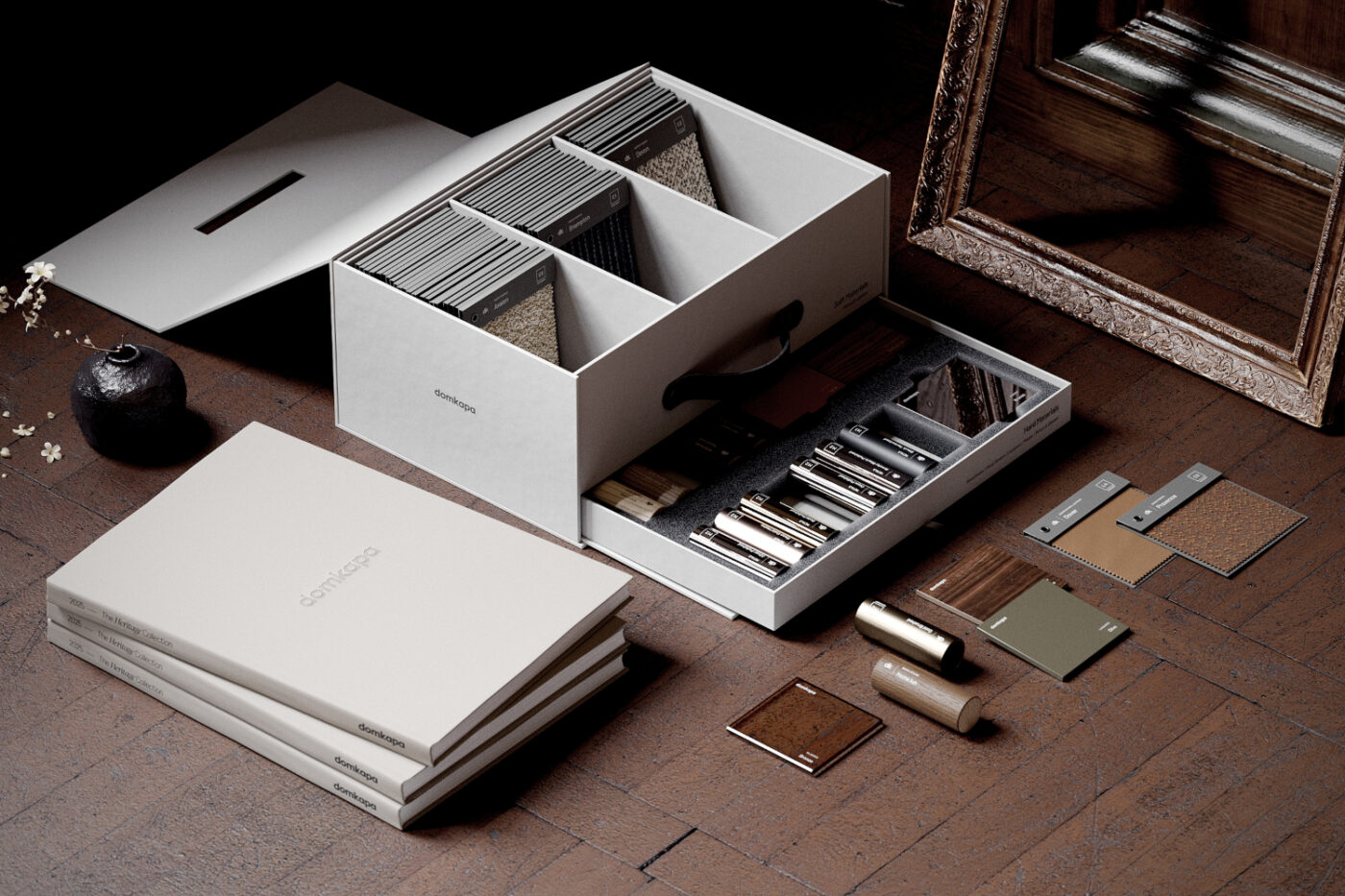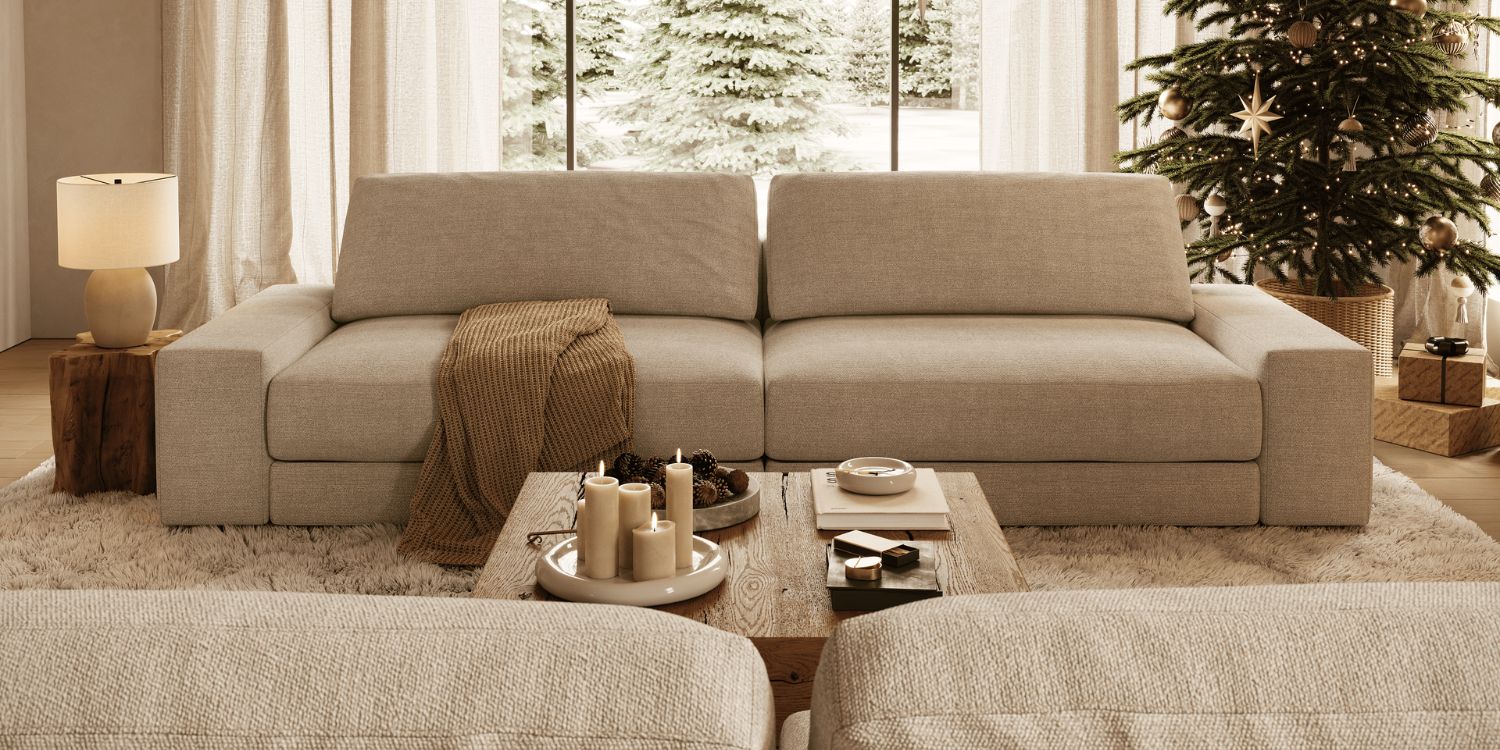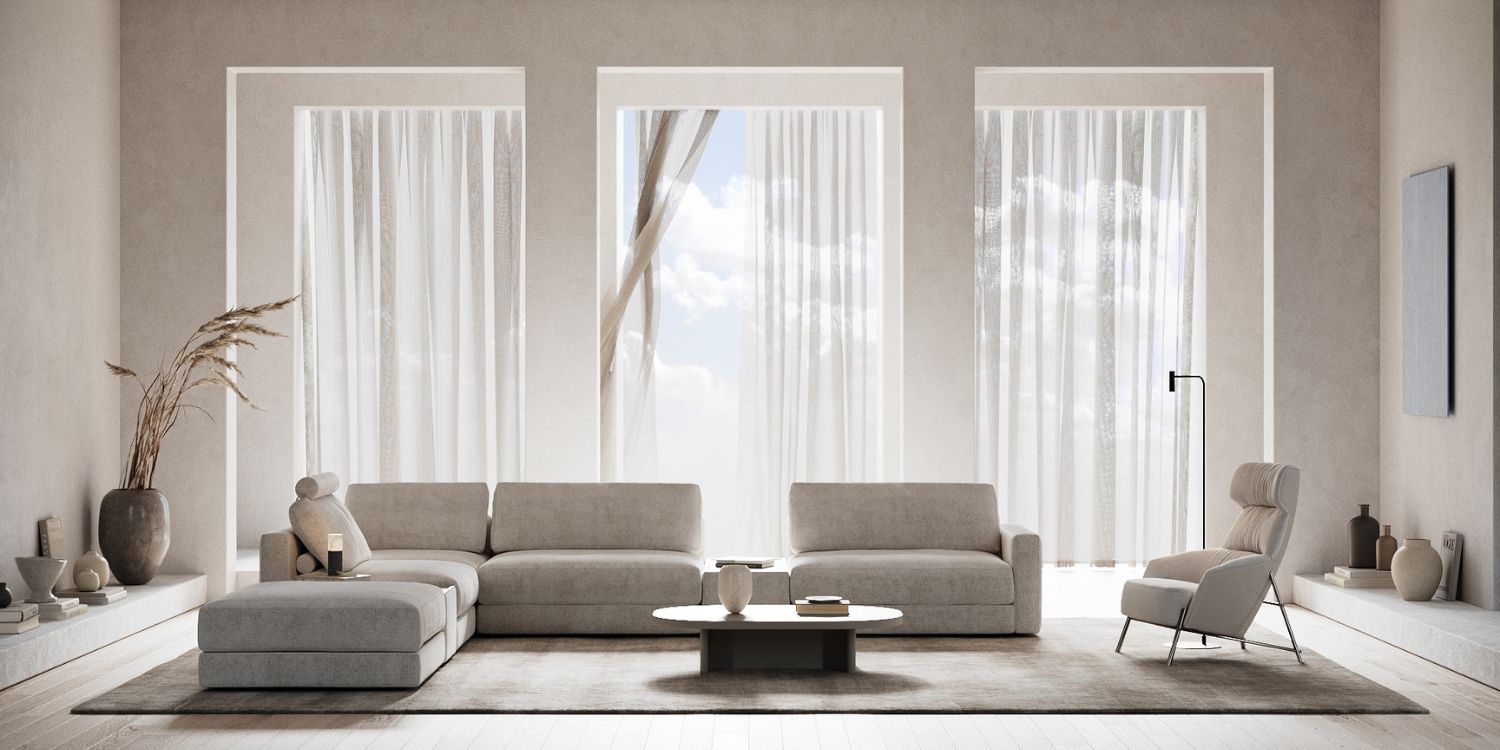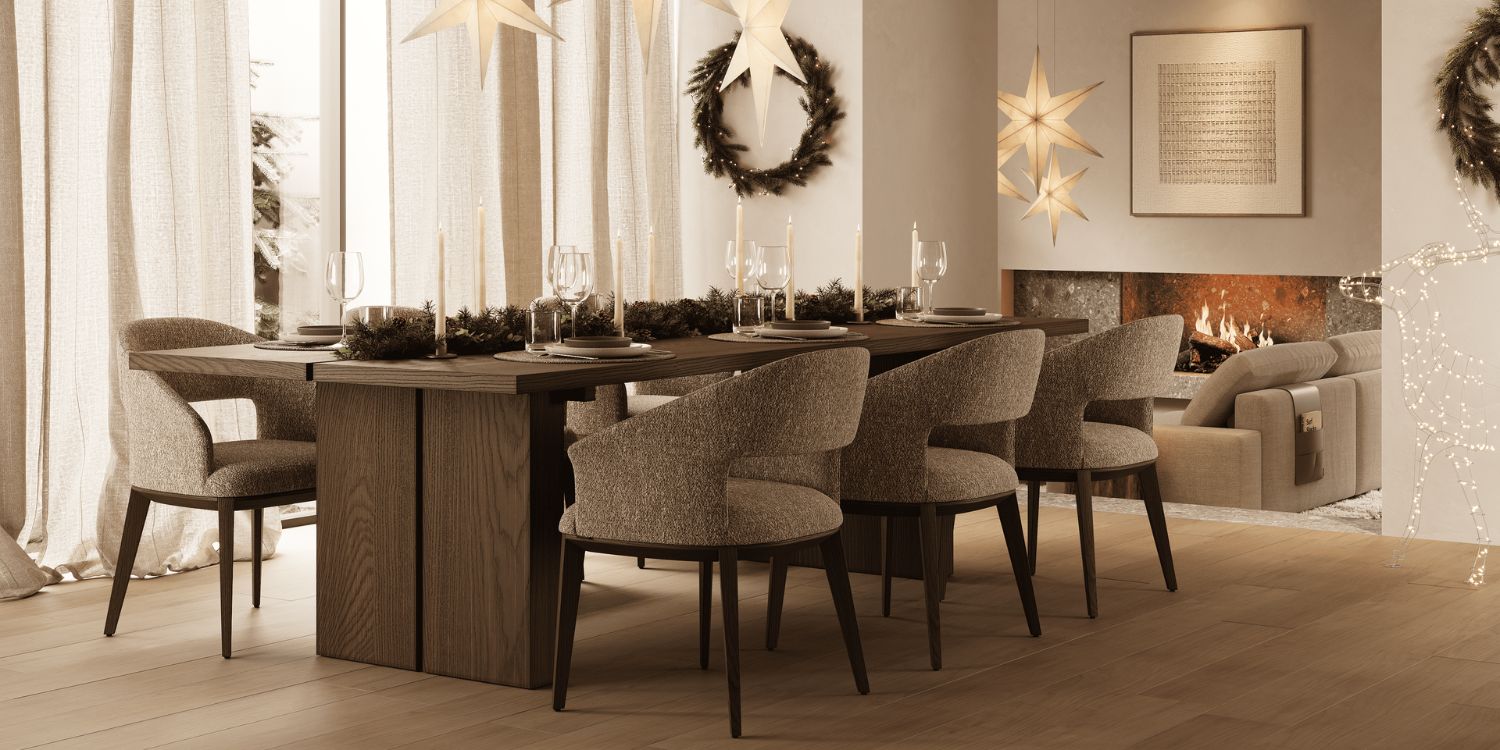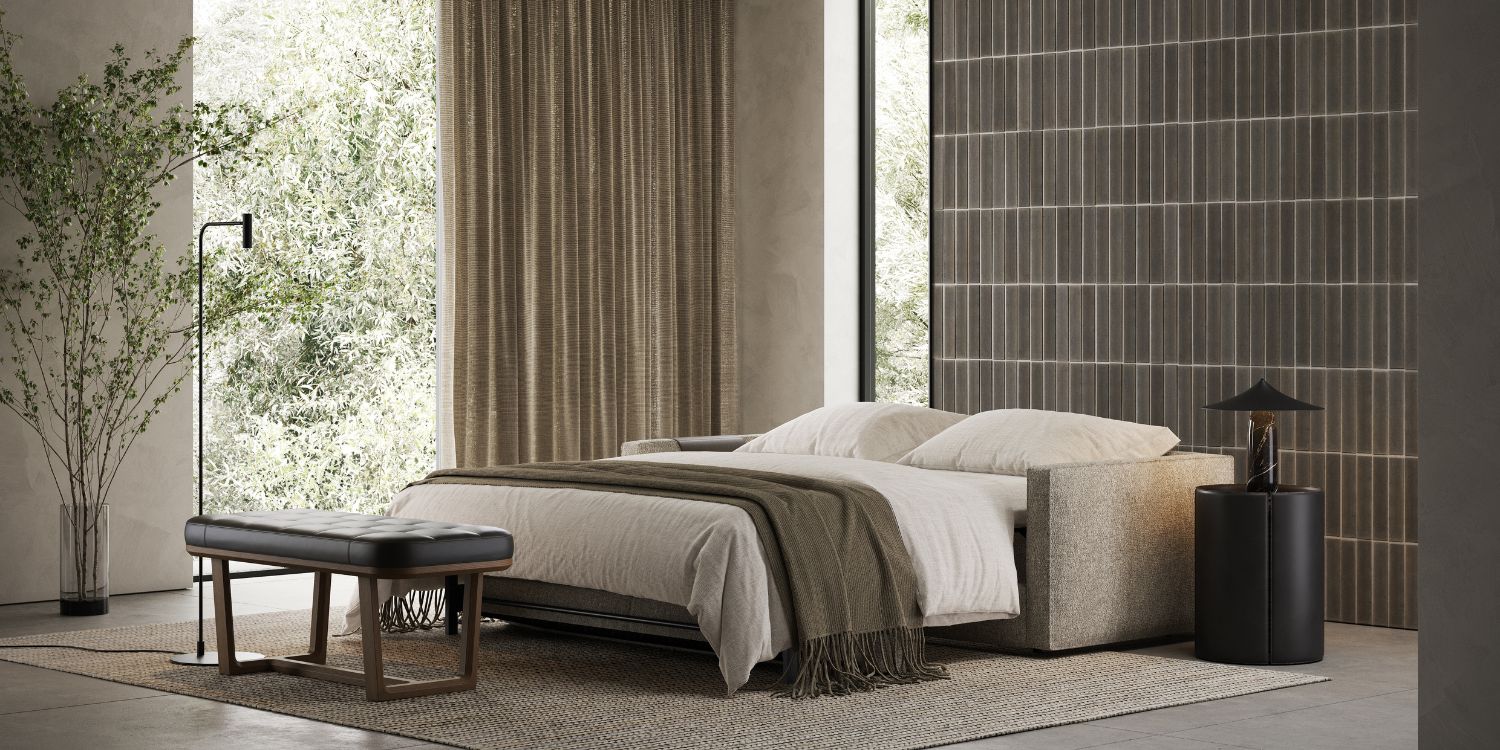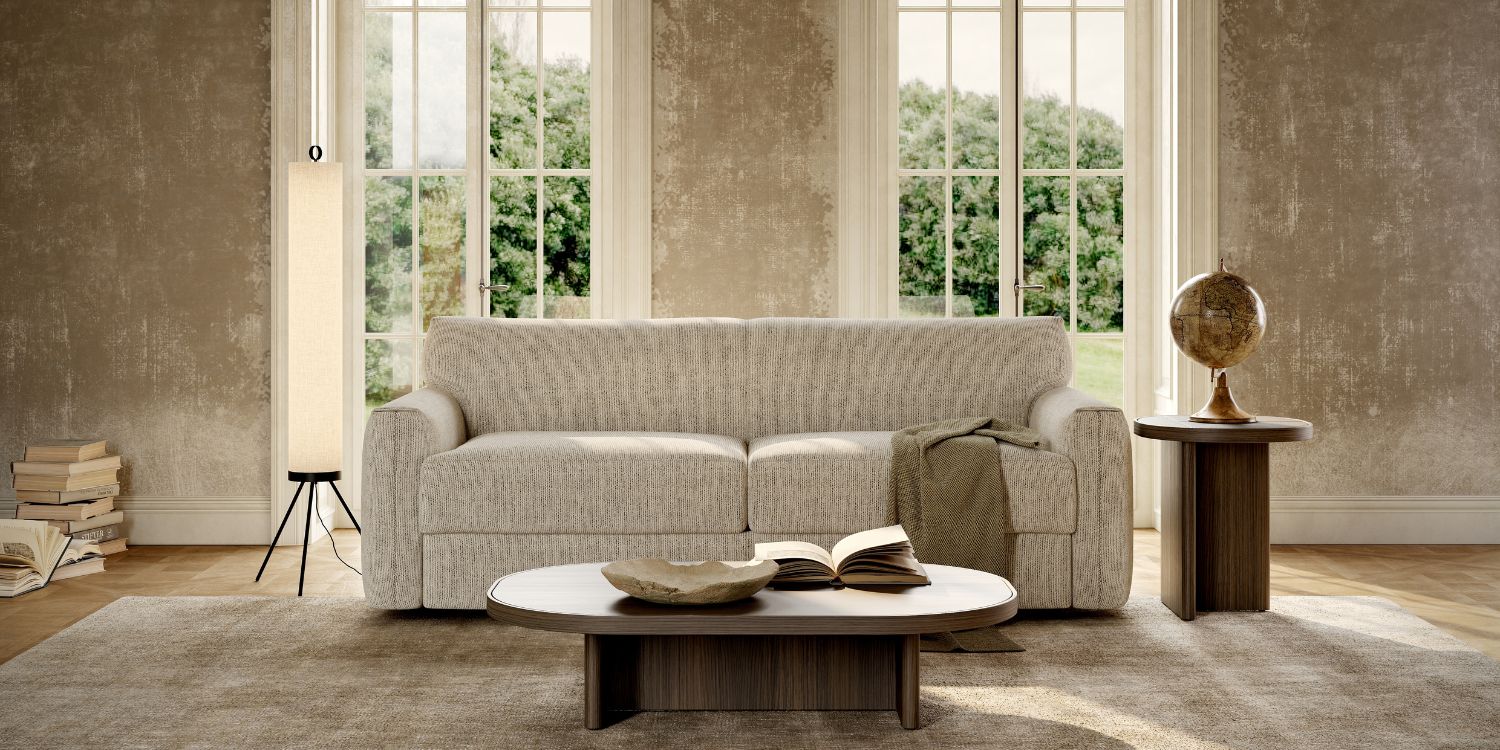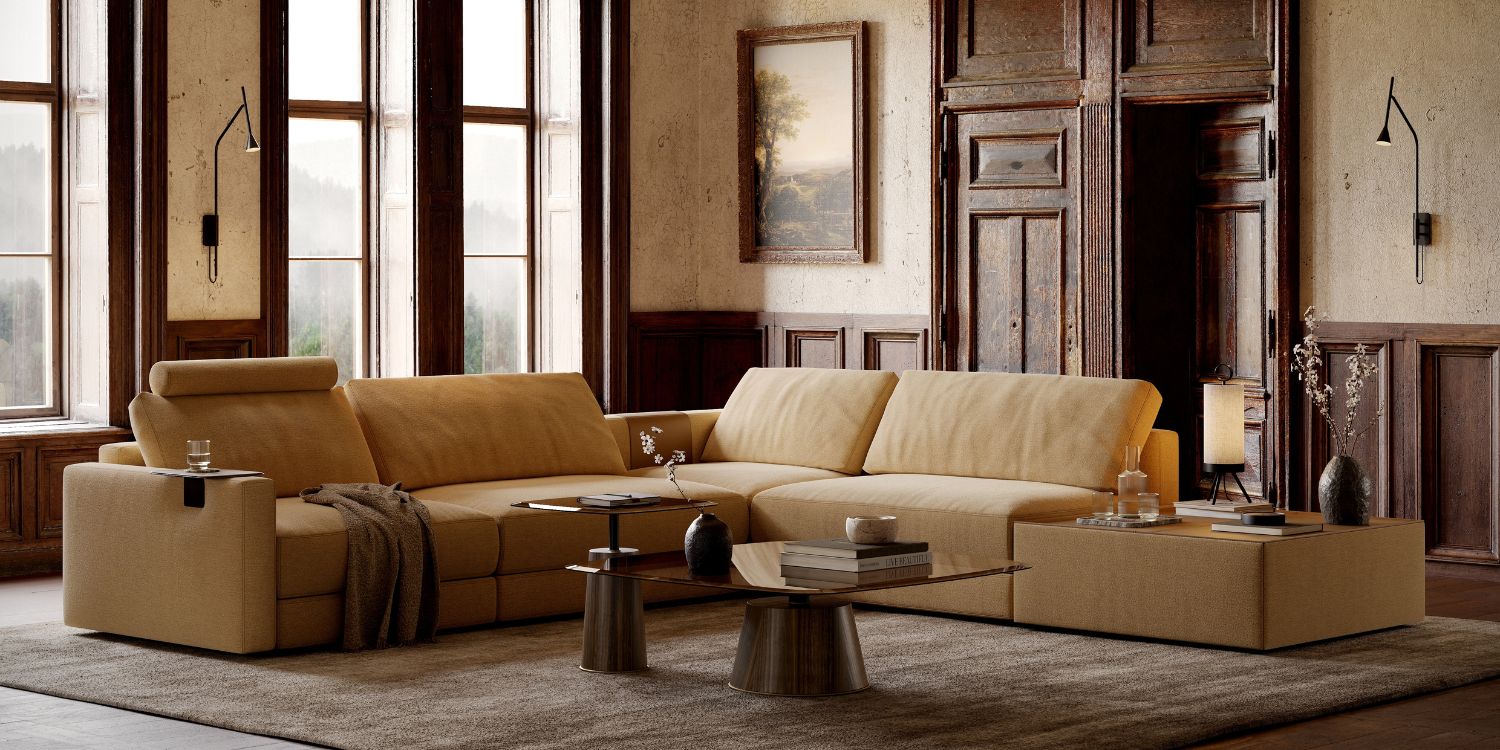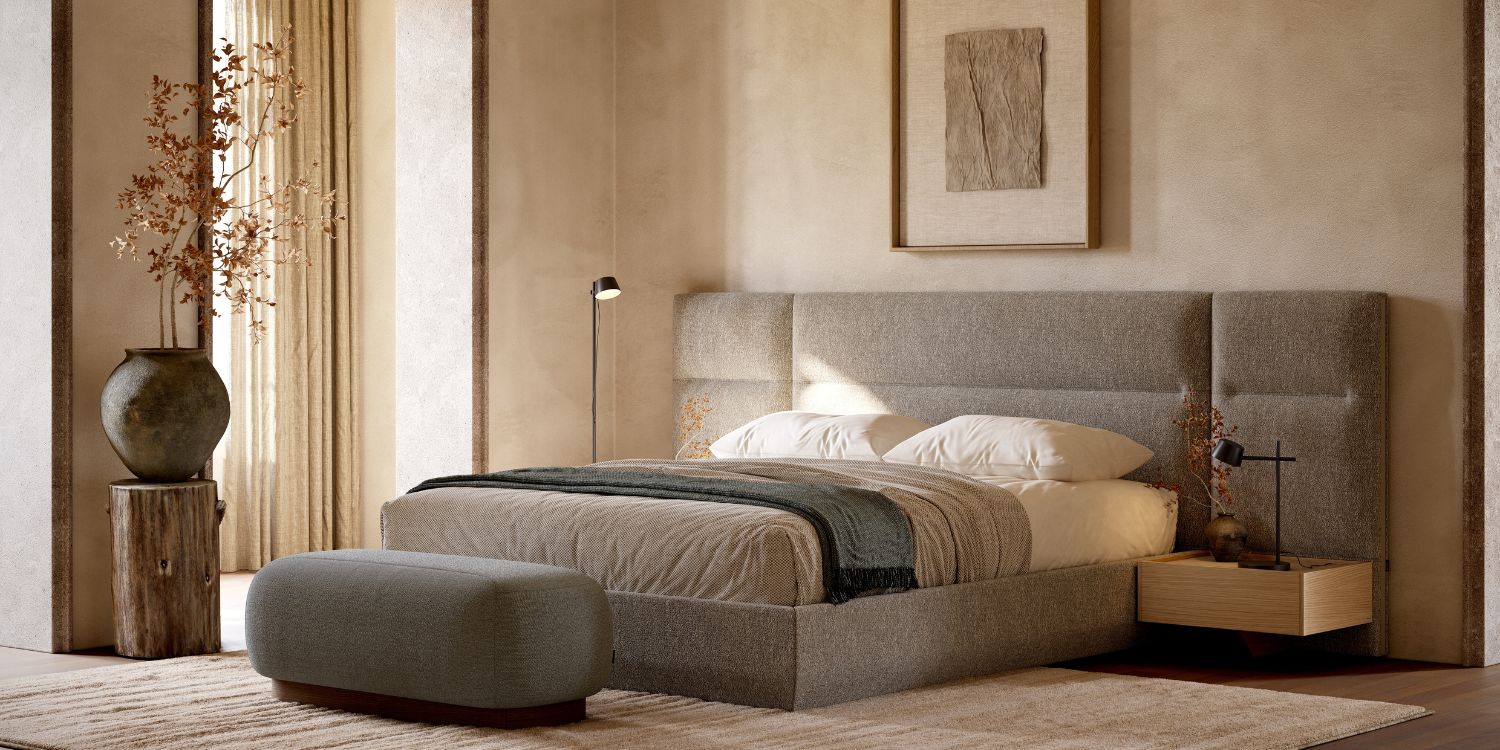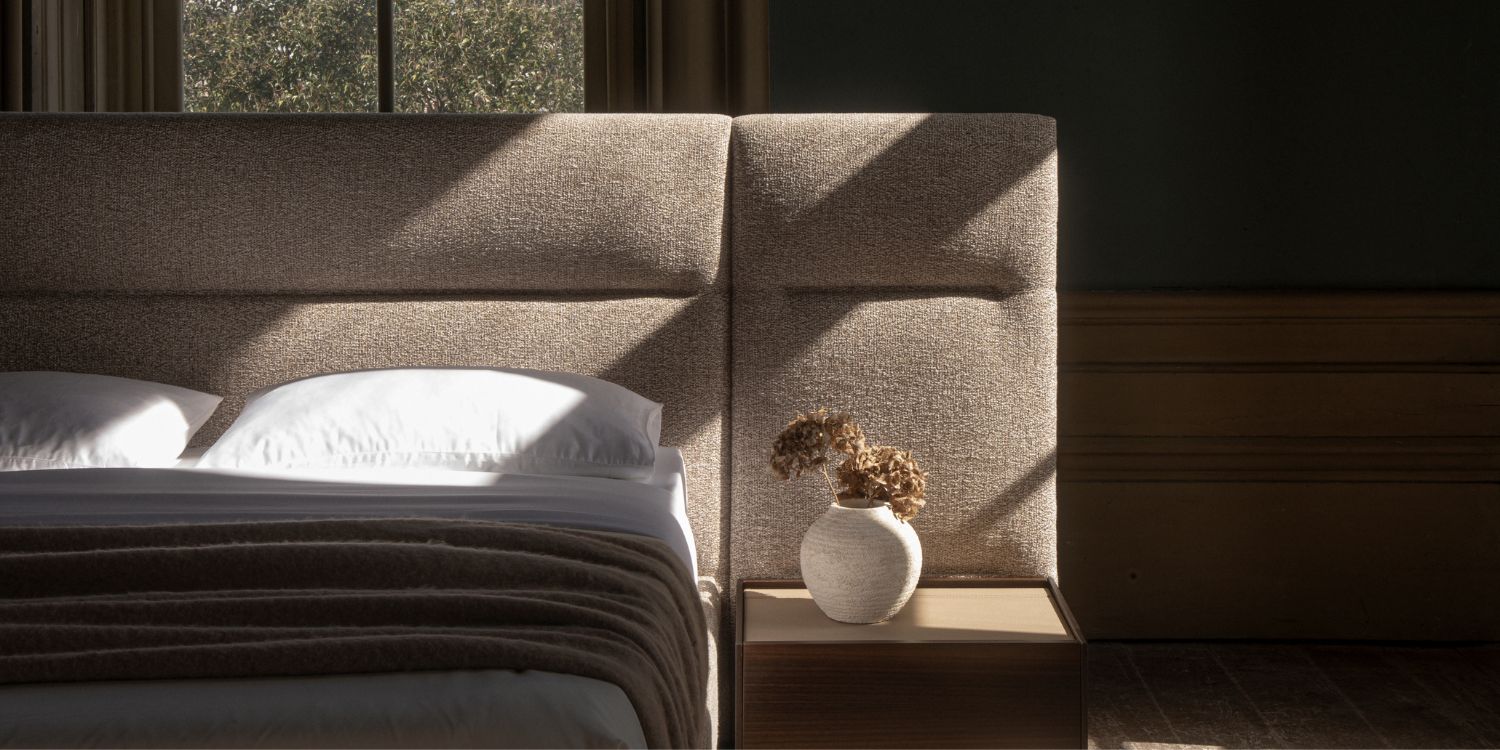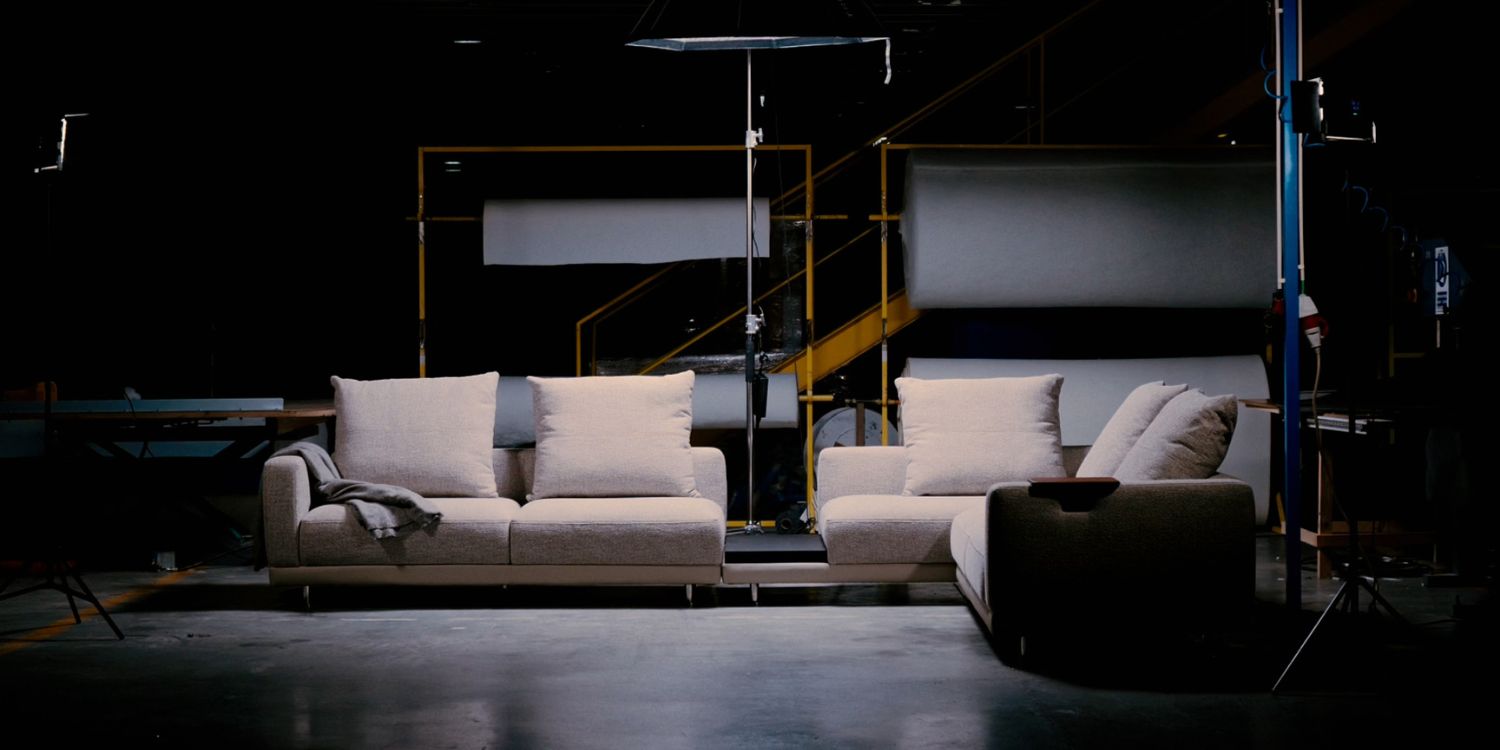Creating a restaurant interior design that captivates guests from the moment they walk in isn’t just about pretty aesthetics; it’s about crafting an experience that keeps them coming back for more. So, as an interior designer, you know that restaurant spaces present unique challenges: they need to look stunning, function flawlessly under pressure and create the perfect atmosphere for everything from intimate date nights to bustling business lunches.
If you’re designing a cosy neighbourhood bistro or an upscale dining destination, getting the interior right can make or break a restaurant’s success.
Let’s explore the essential elements that separate memorable restaurant interiors from forgettable ones!
1. Understanding The Restaurant’s DNA
Before you select a single piece of furniture or choose a paint colour, you need to understand the restaurant’s core identity. Is this a fast-casual spot where diners want to feel energised and move through quickly? Or a fine dining establishment where guests expect to linger over wine and conversation?
The concept drives every design decision. A trendy taco joint will have completely different needs than a traditional steakhouse and your furniture choices should reflect that distinction. Consider factors like average dining duration, target demographic, price point and the type of experience the restaurant wants to create.
2. Layout That Actually Works
Restaurant layout is where form absolutely must meet function. Even the most beautiful space fails if servers can’t navigate efficiently or guests feel cramped. Start with the basics:
- The Golden Triangle: Kitchen, bar and dining room should connect seamlessly. Your furniture placement needs to support, not hinder, this workflow.
- Traffic Patterns: Map out how servers, guests and managers will move through the space. Avoid creating bottlenecks near the entrance, restrooms or kitchen doors.
- Zone Definition: Use furniture placement to create natural zones: intimate corners for couples, communal areas for larger groups and prime spots for VIP diners.
The key is choosing pieces that define spaces without creating barriers. Look for furniture with clean lines and appropriate proportions that won’t overwhelm the room or impede movement.
3. Seating That Strikes The Perfect Balance
Here’s where many restaurant interior designs stumble: choosing seating based purely on looks rather than the reality of restaurant life. Your seating needs to be comfortable enough to encourage lingering (and higher checks) but not so plush that tables turn too slowly.
3.1. Dining Chairs
Consider pieces like the Frank Dining Chair, which exemplifies the ideal restaurant chair philosophy. Designed with simplicity and lightness in mind, Frank features clean, straight lines with an elegant zig-zag stitching detail that adds sophistication without being fussy. The solid wood frame ensures durability while maintaining the subtle elegance needed in commercial spaces.
For maximum versatility, look at options like the Jermain Dining Chair. Its convex back transitions elegantly into discreet armrests, providing comfort without bulk. The choice between wooden frame legs for architectural boldness or a metallic swivel base for modern flexibility means one chair can adapt to different areas of your restaurant.
When you want to make a sophisticated statement, pieces like the Norah Dining Chair offer timeless appeal with practical benefits. The solid wood frame with classic detailing and delicate vertical folds on the backrest creates visual interest, while the ability to use contrasting fabrics on the seat and backrest opens up endless customisation possibilities.
3.2. Bar Areas
Bar seating presents its own challenges. You need pieces that are comfortable for extended sitting while being sturdy enough for constant use. The Anna Bar Chair demonstrates this balance perfectly. It’s inspired by its dining chair counterpart but adapted for bar height, with a metallic footrest that provides durability and ergonomic support.
Pair your bar seating with tables that complement the overall design. The Adam Bar Table family shows how minimalist design can still make a statement. Its elegant, curvy base works across bar, counter and dining heights, with upholstered elements adding sophistication while maintaining the clean lines that work so well in restaurant environments.
4. Lighting: The Make-or-Break Element
Lighting can transform the same space from an energetic breakfast spot to a romantic dinner destination. Layer your lighting with purpose:
- Ambient Lighting: Sets the overall mood. Warm lighting typically works better for dining than cool tones.
- Task Lighting: Ensures diners can actually read menus and see their food.
- Accent Lighting: Highlights architectural features or creates focal points.
- Flexibility: Consider dimmer controls that allow the space to adapt throughout the day.
5. Materials
Restaurant interiors face unique wear and tear. Spills, constant cleaning and heavy use; your material choices need to handle it all while still looking great. This is where quality furniture makes a real difference.
Look for pieces with solid construction, like furniture built with solid wood frames that can withstand commercial use. Upholstery should be beautiful and practical: consider performance fabrics that resist stains and clean easily.
The beauty is that ‘durable’ doesn’t have to mean ‘boring’. Modern restaurant furniture combines commercial-grade construction with sophisticated design elements, like elegant stitching details or thoughtful proportions that elevate the overall space.
The best restaurant interior design feels effortless, but achieving that requires careful orchestration of every element. Start with understanding the restaurant’s identity, then layer in functional requirements, aesthetic goals and practical considerations.
Remember that restaurant design is ultimately about creating experiences. Every piece of furniture, every lighting choice, every material selection should support the story the restaurant wants to tell and the feelings they want guests to have. All in all, the most successful restaurant interiors are those where guests feel immediately comfortable, where the space enhances rather than distracts from the dining experience and where every element works together to create something greater than the sum of its parts.
YOU MAY ALSO LIKE: Lines, Lines Everywhere: The Designer’s Guide To Visual Direction
We are working every day to bring you the most stylish ideas to fulfil your inspiration and to create the best interior design projects, so feel free to follow our Instagram Page and subscribe to our newsletter.

